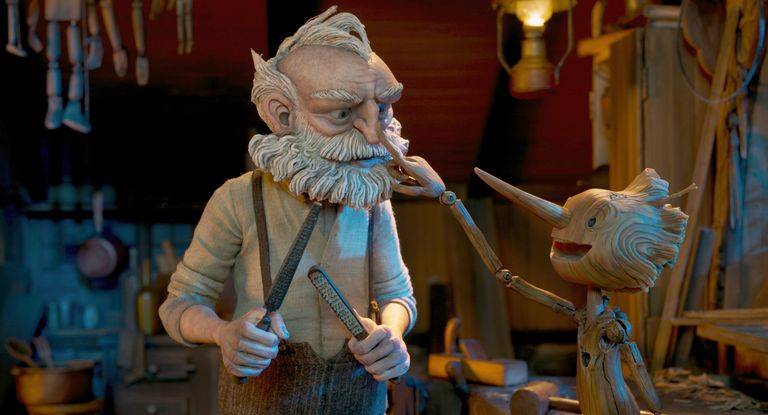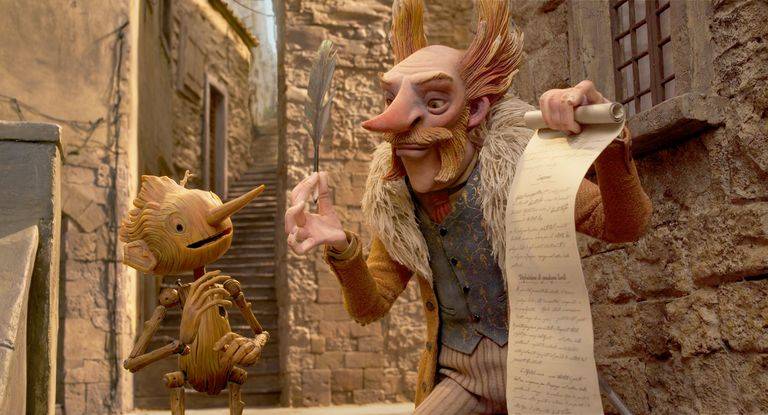This year has already seen one version of Pinocchio, but it should be clear by now that Guillermo del Toro’s Pinocchio vastly outperforms the soulless Disney live-action adaptation.
This new interpretation of Pinocchio, a long-gestating passion project for the director, couldn’t be more different from the Pinocchio you know. For a fresh spin on a well-known story, del Toro has reread Carlo Collodi’s 1883 book The Adventures of Pinocchio alongside award-winning stop-motion animator Mark Gustafson.
As woodcarver Geppetto (David Bradley) fashions the titular wooden kid (Gregory Mann), who later learns what it means to be alive with the help of a talking cricket, the structure of this adaptation follows the expected beats (Ewan McGregor).
This version of the narrative, however, is richer and more dramatic because it is set in 1930s Italy against a backdrop of fascism (and even features Mussolini himself).
This Pinocchio stands apart from the others not just because of the plot, but also because it was animated in stop-motion. Even if the plot ultimately leaves you with the impression that it is too familiar, you will be able to admire the world’s magnificent craftsmanship.
Our favourite wooden lad, carved by Geppetto in a drunken passion over the death of his son, has never actually looked so rough. His designs were inspired by Gris Grimly’s designs in the 2002 edition of Collodi’s story. Pinocchio has a stunning design with his missing ear, protruding nails, and branches growing out of his nose as it grows.
Del Toro’s fingerprints are all over the artwork, so much so that even if you weren’t aware of his involvement, you would still notice. When Pinocchio dies, Death (Tilda Swinton), a majestic and sinister mythological entity that could not be more del Toro, takes over, creating the strongest new element.
Additionally, there are references to every one of del Toro’s earlier works, such as Pan’s Labyrinth and The Devil’s Backbone, with which Pinocchio unofficially forms a trilogy. All of them include youngsters in times of conflict, with Pinocchio even undergoing unexpected military training.
Don’t worry if that all seems a little serious for a kid’s movie. Although there are moments of sadness and inquiries into what it means to be human, del Toro and Gustafson take care to keep the tone consistent. Like its naughty protagonist, Pinocchio is frequently quite comical and playful.
Although ‘When You Wish Upon a Star’ is not included, there are other songs that complement Alexandre Desplat’s beautiful score. Although it deals with deeper topics and contains scenes that might be too frightening for younger audiences, it is still a family film, or at least as near to one as del Toro will make one.
The movie will ultimately surprise you the most with how much it touches you. Up until a clever climax that breaks your heart and redefines Pinocchio’s fundamental concept of becoming a “genuine boy,” you’ll trick yourself into thinking that everything is superbly done but not entirely engaging.
Guillermo del Toro’s Pinocchio features a powerful conclusion that will leave you sobbing through the credits. It also proves that the film has both depth and style. Although Pinocchio isn’t a real boy, this interpretation is anything but wooden.


